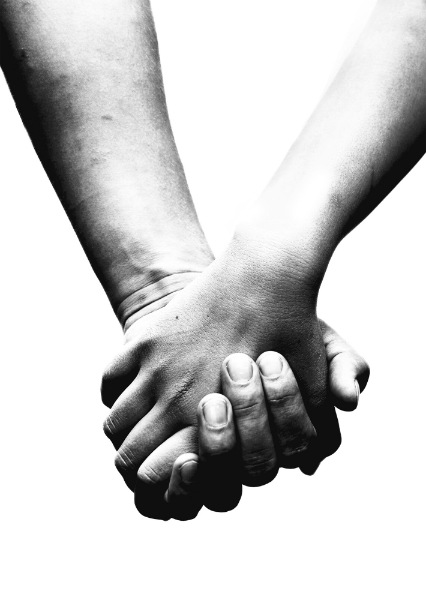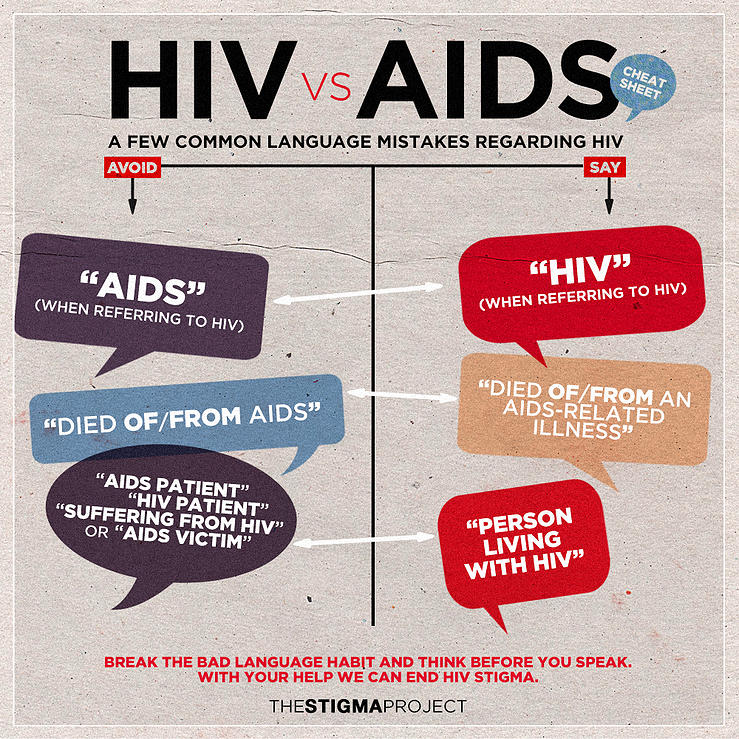7 Common Misconceptions About HIV
HIV myths and misconceptions are the product of misinformation and ignorance, but if we educate ourselves we can, not only dispel myths, but also combat stigma.
The HIV epidemic has come a long way since its beginnings from an unknown ‘cancer’ to a chronic and manageable illness. However misinformation and a lack of knowledge around HIV continues to perpetuate stigma. One way to help educate and shift these attitudes is to shine a light on some of the myths around HIV today.
1. HIV is a death sentence
HIV is no longer a death sentence, and with modern treatment HIV can be considered a manageable chronic illness.
There are thousands of people living with HIV in NSW who lead lives just like HIV negative people. Advances in HIV treatment has made this possible. That’s why it’s important to be on treatment, and ideally, as soon as possible after diagnosis for optimum, long-term health.
Australia’s HIV services and health system mean people with HIV are very well supported in terms of treatment and care. Read further about HIV treatment on our site.

2. HIV can be transferred by kissing
Despite this being a common concern seen on online message boards and one of most frequently asked questions on our Ask Us service, it’s extremely unlikely you will contract HIV from kissing as HIV is not spread the saliva. If the person you are kissing has sore or bleeding gums then there is an elevated risk, but overall transmission through kissing is extremely rare.
3. You can’t get HIV from oral sex
Oral sex is generally considered to be very low risk for HIV transmission. However, risk can increase if there are sores, abrasions or cuts in the mouth or following a dental procedure like tooth extraction. The best advice is to avoid getting semen in the mouth in these circumstances. Check out our ‘all you need to know about oral sex risk’ guide for more.
If you want to know the risk associated to other sexual practices, use our risk calculator.
4. You can tell by looking if someone has HIV
There is no definite way to tell by looking at someone if they have HIV or not. Guys who have HIV and are on treatment will look like HIV negative individuals. While some people show some symptoms from the infection this is highly different for each guy, so there is no way of knowing.
5. HIV is the same as AIDS
Although it’s been decades since the beginning of the pandemic, at times media outlets still do not draw the distinction between HIV (Human Immunodeficiency Syndrome) and AIDS (Acquired Immunodeficiency Syndrome). These days thanks to advances in HIV treatment, most people with HIV will never have AIDS. A person who starts HIV treatment early after testing positive can live a near normal life without their HIV ever progressing to AIDS. The Stigma Project has developed a great graphic or ‘cheat sheet’ regarding the appropriate use of the two terms in conversation or discussion.

6. People who have HIV cannot have sex with people who do not have HIV
You can have sex with a person who doesn’t have your same HIV status, and there are a number of things you can do to help prevent HIV transmission during sex. This obviously includes condoms, but also, when someone living with HIV is on treatment and achieves an undetectable viral load, the risk of transmitting the virus is almost zero.
It should also be mentioned that the NSW Public Health Act 2010 requires people living with HIV to take ‘reasonable precautions’ to avoid transmission in cases of non-disclosure. Traditionally, ‘reasonable precautions’ has been interpreted to mean using condoms. At present there has not been a case that has tested whether the courts will interpret having an undetectable viral load as taking reasonable precautions.
The health act also makes it clear that a person who knows they have HIV is guilty of an offence if he or she has sexual intercourse with another person unless, before intercourse takes place the other person has been informed of this and voluntarily accepts the risk of contracting HIV.
7. If I am HIV positive I shouldn’t start treatment until I get very sick
Evidence shows that the most critical and effective time to begin treatment is as soon after your diagnosis as possible.
Recent research from the START study has shown that early, if not immediate treatment increases life expectancy, improves health and prevents serious illness by more than 50% compared to those who delay starting treatment.
Do you have more questions about treatment? Check out our Treat Early page to learn more.

